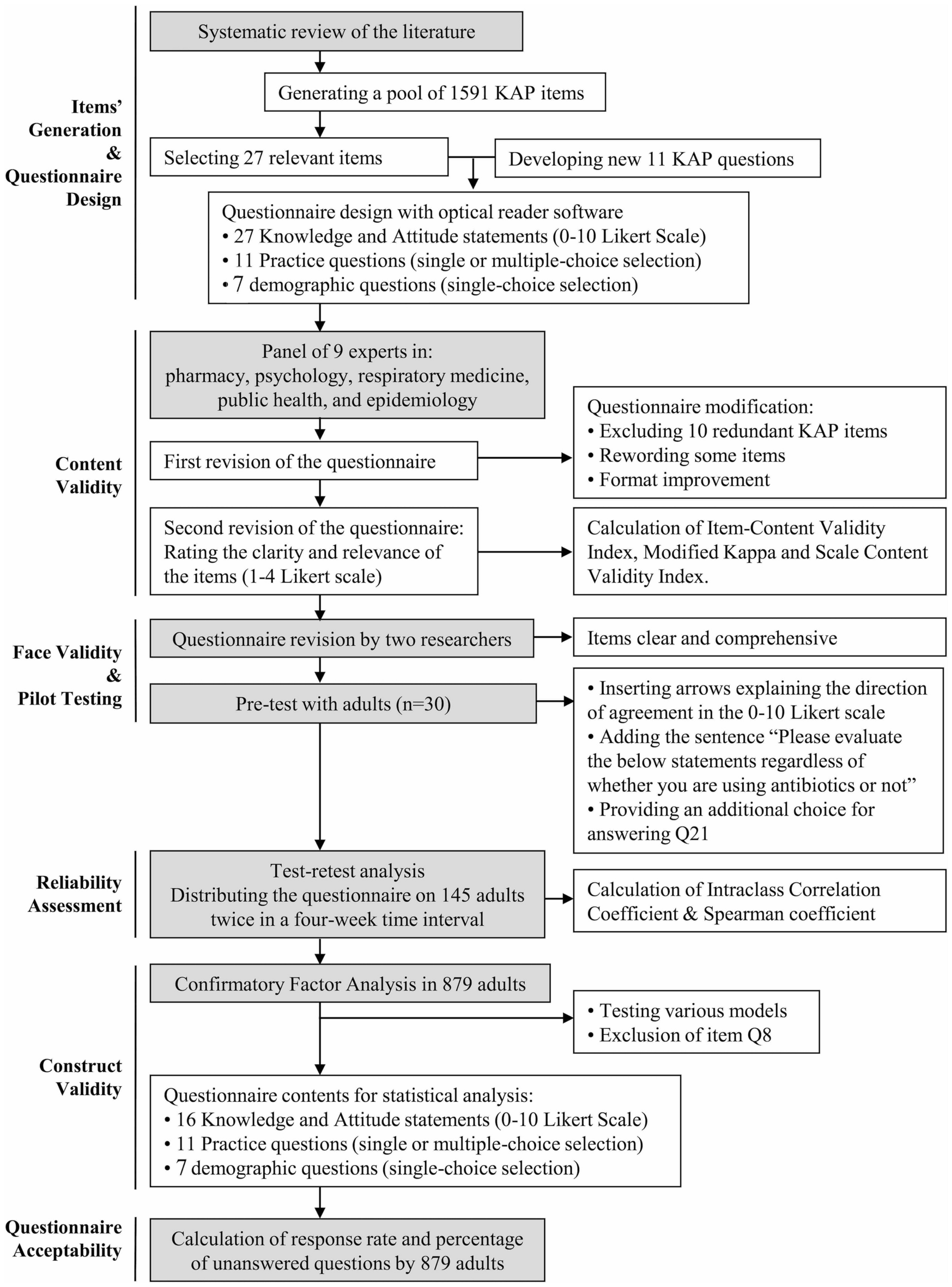

one effect) and 2) it assumes these ratings are randomly drawn from a larger populations (i.e. It’s called “One-Way Random” because 1) it makes no effort to disentangle the effects of the rater and ratee (i.e. For example, if you had 2000 ratings to make, you might assign your 10 research assistants to make 400 ratings each – each research assistant makes ratings on 2 ratees (you always have 2 ratings per case), but you counterbalance them so that a random two raters make ratings on each subject. It is most useful with massively large coding tasks. In SPSS, this is called “One-Way Random.” In coding tasks, this is uncommon, since you can typically control the number of raters fairly carefully. If your answer to Question 1 is no, you need ICC(1).

An estimate of interrater reliability will tell me what proportion of their ratings is “real”, i.e. Which means they 1) make mistakes and 2) vary in their ability to make those ratings. Because the research assistants are creating the data, their ratings are my scale – not the original data. For example, in one of my lab’s current studies, we are collecting copies of Facebook profiles from research participants, after which a team of lab assistants looks them over and makes ratings based upon their content. But when you have research participants provide something about themselves from which you need to extract data, your measurement becomes what you get from that extraction. In the social sciences, we often have research participants complete surveys, in which case you don’t need ICCs – you would more typically use coefficient alpha. The more uniform your measurement, the higher reliability will be. 8, you could conclude that 80% of the variability in the scores captured by that measure represented the construct, and 20% represented random variation. For example, if someone reported the reliability of their measure was. Reliability, generally, is the proportion of “real” information about a construct of interest captured by your measurement of it. So I am taking a stab at providing a comprehensive but easier-to-understand resource. The primary resource available is a 1979 paper by Shrout and Fleiss 1, which is quite dense.
Spss code validating instrument how to#
Recently, a colleague of mine asked for some advice on how to compute interrater reliability for a coding task, and I discovered that there aren’t many resources online written in an easy-to-understand format – most either 1) go in depth about formulas and computation or 2) go in depth about SPSS without giving many specific reasons for why you’d make several important decisions.
Spss code validating instrument pdf#
You can also download the published version as a PDF by clicking here. Computing intraclass correlations (ICC) as estimates of interrater reliability in SPSS. This article has been published in the Winnower. Social scientists of all sorts will appreciate the ordinary, approachable language and practical value – each chapter starts with and discusses a young small business owner facing a problem solvable with statistics, a problem solved by the end of the chapter with the statistical kung-fu gained. If you think my writing about statistics is clear below, consider my student-centered, practical and concise Step-by-Step Introduction to Statistics for Business for your undergraduate classes, available now from SAGE.


 0 kommentar(er)
0 kommentar(er)
